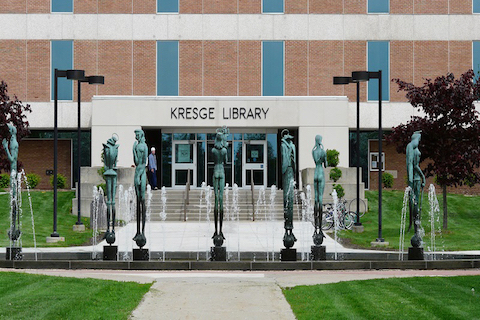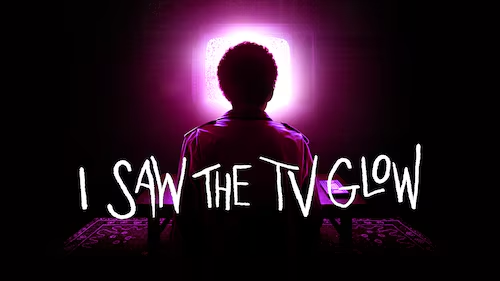On Nov. 1, the Oakland University Augmented Reality Center (ARC) held an ARC industry seminar, a discussion led by industry experts and academic leaders on immersive technology, such as augmented reality (AR) and virtual reality (VR) in the workplace.
Discussion topics ranged from how immersive technology can be beneficial to businesses of any size, to why design matters for a user interface, to modern cybersecurity and safety concerns.
Mohammed Shatit, an Oakland University alumni now working as the mobile robotics application engineer at KUKA Robotics, was a guest speaker explaining immersive app development and gave a step-by-step technical walkthrough on the creation of an immersive application in Unreal Engine 5. Shatit showed that you can build applications using outside resources.
“I built the whole application in one software program in Unreal Engine,” Shatit said. “I didn’t have to go outside the application to do anything, and I didn’t have to use any code. Although you can use C++ with an embed engine, you don’t have to.”
Dr. Khalid Mirza, the ARC founding director, explained several examples of how immersive technology is useful to different types of businesses, since it is relatively low cost and immersive even in an online setting. His recommendation for those looking to upgrade the workplace with immersive technology, is to get familiar with the technology yourself before trying to use it in a group setting.
“The sooner you get into this technology, get familiar and take your first step, the better for you,” Mirza said. “You can start using this technology on your own, increasing your productivity and discovering new ways to do things which you’re already doing, which is very exciting.”
Ed Volcic, the chief technology officer at KUKA Robotics, has successfully done student-involved demos with ARC. At the event, Volcic explained there is a whole other side of the process that isn’t explored as often with the technical aspect of engineering.
“We’re so focused, at least us on the technical side, on the engineering details,” Volcic said. “‘How do I implement something?’ ‘How do I write code?’ But there’s this whole creative element that we don’t always get to explore and work on. The Augmented Reality Center with CCS (College for Creative Studies) and the Oakland University students bringing them together allowed us to explore this inner intersection between technology and that creative space.”
While one can explain the capabilities and possibilities of AR and VR, immersive technology is best experienced first-hand. Located in room 250 of the Engineering Center is the Augmented Reality Lab, a hands-on lab to experience and explore the latest in immersive technology. Whether it is driving in a virtual city, using AR to stack blocks against a robot, or finger painting in the air, the Augmented Reality Labs offers VR and AR demonstrations from General Motors, KUKA Robotics, ABB and LightGuide.
Lab hours are hosted Mondays through Thursdays, where anyone with an interest in the world of immersive technology can walk in and experience AR and VR for themselves.
For more information on ARC’s lab hours and what they have to offer, visit their website at ouarc.org, or follow them on Instagram at @ou.arc.






